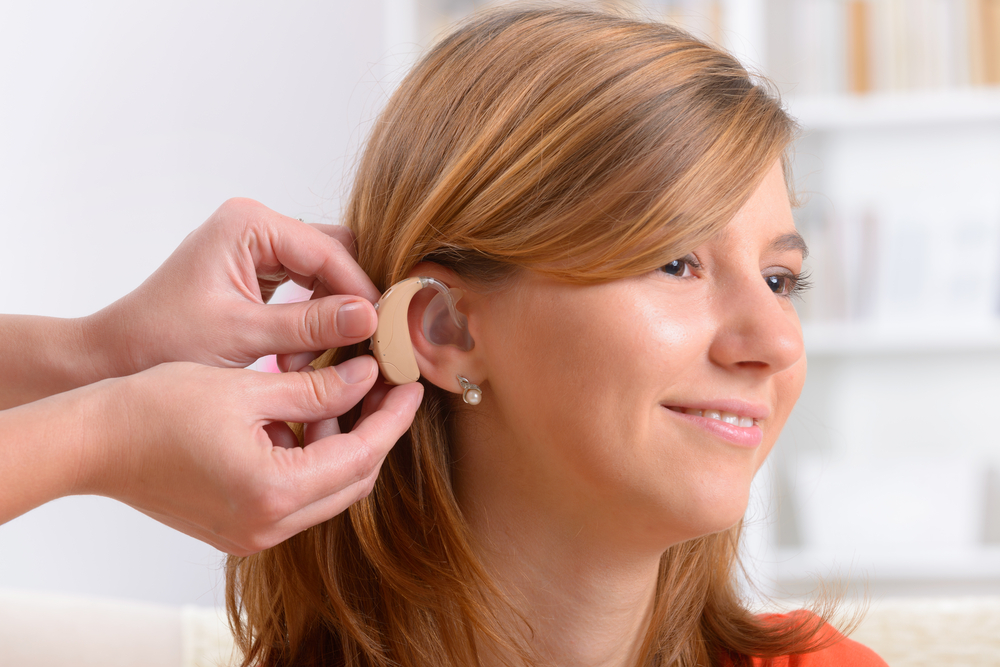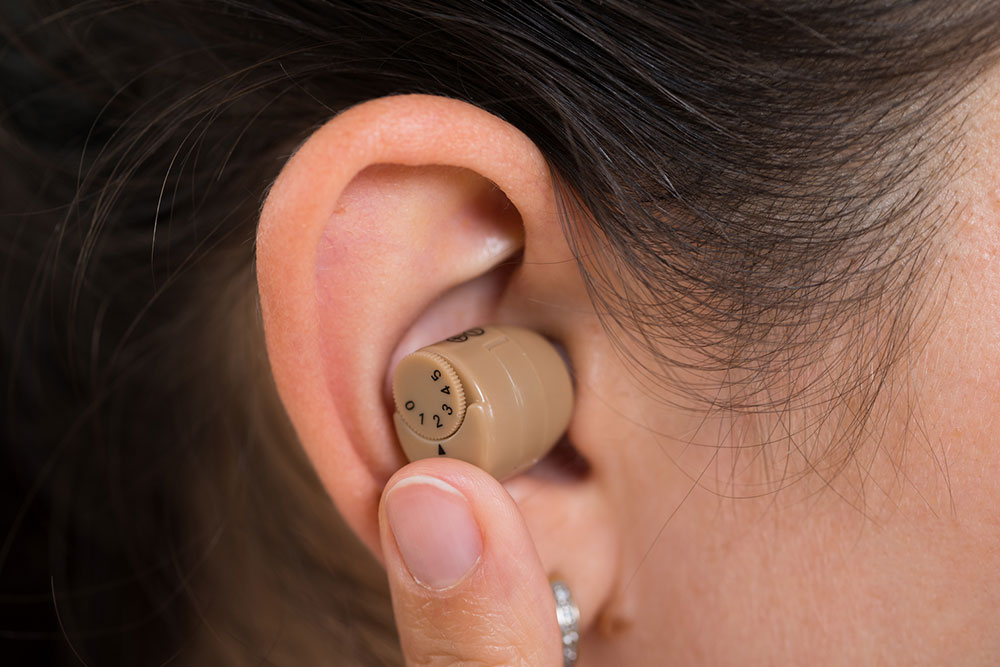Comprehensive Guide to Modern Digital Hearing Devices and Their Advantages
Explore the comprehensive benefits of modern digital hearing aids, including improved sound clarity, automatic adjustments, and connectivity options. Learn how to choose the right device with expert tips, ensuring better hearing health and enhanced quality of life. This guide covers all essential aspects for finding the best digital hearing aid suited to your needs in the US market.

Comprehensive Guide to Modern Digital Hearing Devices and Their Advantages
In today's world, technological advancements have significantly transformed the field of audiology, offering individuals with hearing impairments a new lease on life through sophisticated digital hearing devices. These modern devices are engineered to restore clarity and improve auditory experience, making everyday communication more natural and less tiring. This article delves into the various types of digital hearing aids, their features, technological distinctions, and practical tips for purchasing the right device tailored to your specific needs.
Digital hearing aids have become the preferred choice over traditional analog models, primarily because of their enhanced functionality, customization, and superior sound quality. They are designed to help users hear more distinctly in diverse environments, whether in quiet rooms, noisy outdoor settings, or crowded social gatherings. The effectiveness of these devices hinges on their design, processing power, and built-in features, which focus on delivering a seamless listening experience.
Understanding the different types of digital hearing aids is essential for making an informed decision. Common styles include Behind-the-Ear (BTE), Mini BTE, In-the-Ear (ITE), and In-the-Canal (ITC). Each style offers unique advantages depending on user preferences, hearing loss severity, and cosmetic concerns.
From a technological perspective, hearing aids can be classified into analog and digital categories. Analog devices amplify incoming sound uniformly, which can sometimes lead to distortions or feedback. Conversely, digital hearing aids convert sound waves into digital signals, allowing for precise processing and filtering of sounds, resulting in clearer audio and better speech comprehension.
Key Benefits of Digital Hearing Aids
Modern digital hearing devices come with a multitude of features designed to enhance the user's auditory experience:
Natural Sound Reproduction: Digital aids process sounds to make speech more understandable while reducing background noise, offering a more authentic listening experience.
Feedback Reduction: Unlike analog hearing aids, digital models significantly minimize whistling and feedback issues that can cause discomfort and disruptions.
Environmental Adaptation: Equipped with automatic adjustment features, these devices can detect changes in acoustics and modify volume levels in real-time without manual input.
Directionality and Focused Hearing: Directional microphones enable users to focus on specific sound sources, such as a conversation partner in a noisy room.
Connectivity Options: Many digital hearing aids now support Bluetooth and direct audio input, allowing seamless connection with smartphones, TVs, and other electronic devices.
Enhanced Comfort and Discretion: Smaller, lightweight designs ensure comfort and discretion, encouraging consistent use.
Tips for Purchasing Digital Hearing Aids in the United States
If you're considering investing in digital hearing aids, it's crucial to approach the process thoughtfully to ensure you select the best possible device for your needs. Consulting an audiologist is the first step, as they can perform comprehensive hearing evaluations to determine the severity and nature of your hearing loss. Based on this assessment, they can recommend suitable styles and features.
Many reputable hearing aid providers operate nationwide, making access to quality care straightforward. Companies such as All American Hearing, HearUSA, and Connect Hearing have extensive networks of clinics and specialists who can help you evaluate different devices, provide personalized fittings, and offer ongoing support. It's advisable to schedule a consultation to discuss your specific lifestyle, preferences, and budget.
When purchasing digital hearing aids, consider the following factors:
Technology Level: Higher-end models offer advanced features like noise reduction, rechargeable batteries, and Bluetooth connectivity, which can enhance your overall experience.
Pricing and Insurance: Understand the costs involved and check if your insurance plan offers coverage or discounts for hearing aids.
Trial Periods and Warranties: Opt for providers that offer trial periods so you can test the device in real-world conditions and return or exchange if necessary. Warranties ensure repairs and servicing are covered.
After-Sales Support: Adequate follow-up and support services are vital for maintaining device performance and addressing any issues promptly.
Choosing the right digital hearing aid involves balancing technological features, comfort, aesthetics, and cost. Proper fitting and customization by professionals ensure optimal performance and prevent further hearing deterioration. Remember, investing in a quality device and consistent maintenance can significantly improve your quality of life by restoring clear communication and social engagement.
In conclusion, modern digital hearing aids offer remarkable benefits over traditional models, enhancing sound clarity, reducing discomfort, and providing smarter, personalized auditory support. Whether you're dealing with mild or profound hearing loss, consulting with a qualified audiologist and opting for state-of-the-art devices can dramatically transform your hearing experience and overall well-being.





